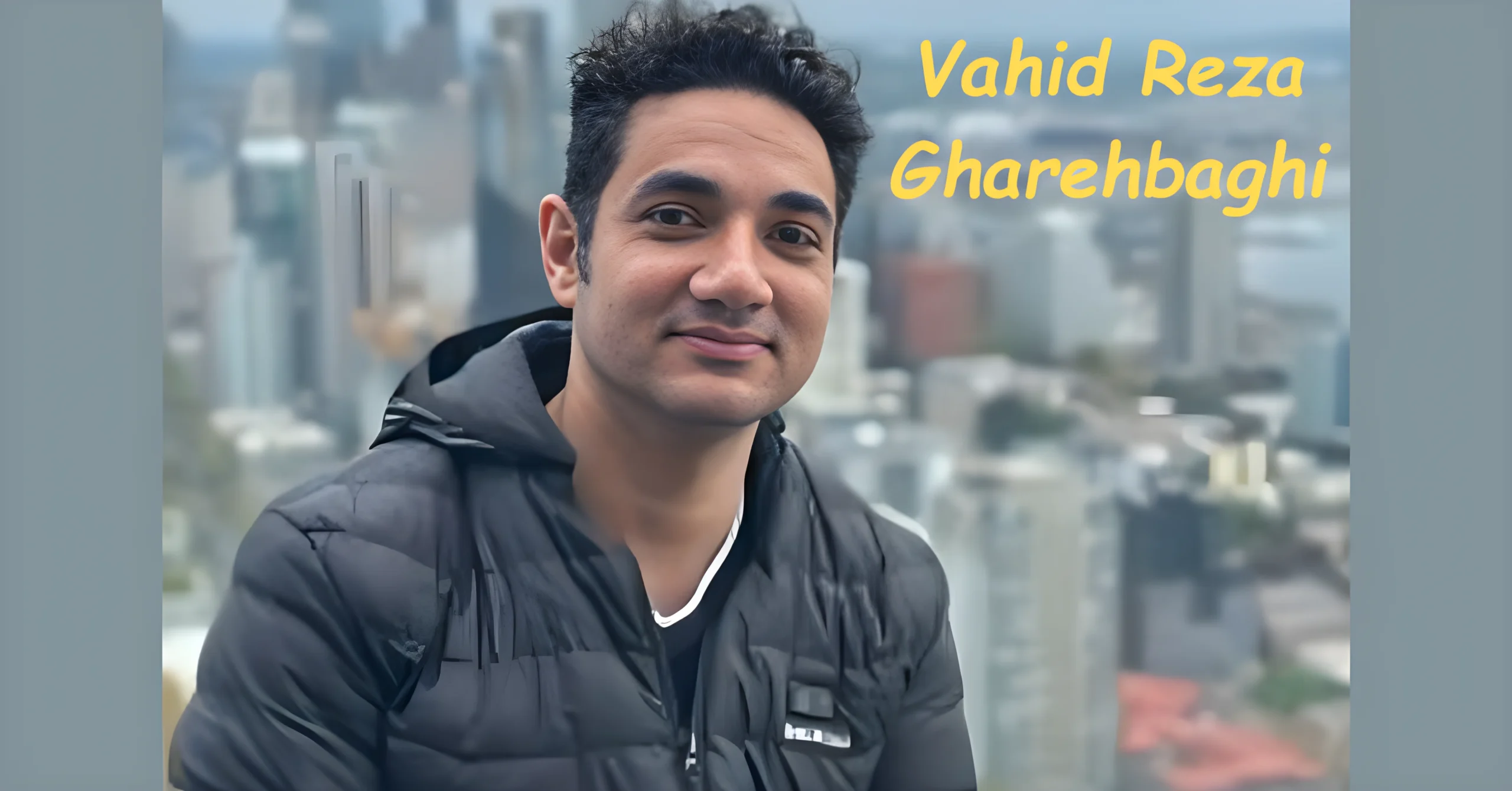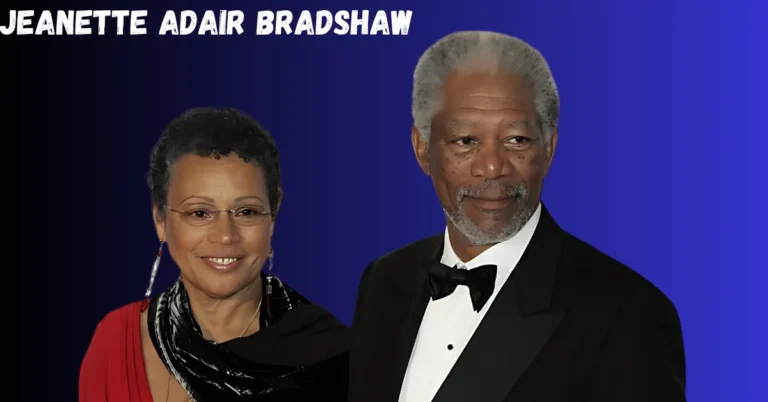Vahid Reza Gharehbaghi: Age, Early Life, Career, Net Worth & More
Vahid Reza Gharehbaghi is a prominent figure in the realms of technology and innovation, known for his contributions to advancing digital solutions and enhancing operational efficiencies. With a robust educational background in computer science and engineering, he has dedicated his career to developing cutting-edge technologies that address complex challenges in various industries.
Who Is Vahid Reza Gharehbaghi?
Vahid Reza Gharehbaghi is an Iranian entrepreneur recognized for his work in technology and business development. With degrees in industrial engineering and management, he has led initiatives addressing challenges in corporate and social sectors. His diverse career includes software development, strategic consulting, and project management, and he has significantly contributed to tech startups focused on ethical practices and positive community impacts. His blend of technical expertise and ethical commitment makes him a role model for aspiring leaders.
Vahid Reza Gharehbaghi Age
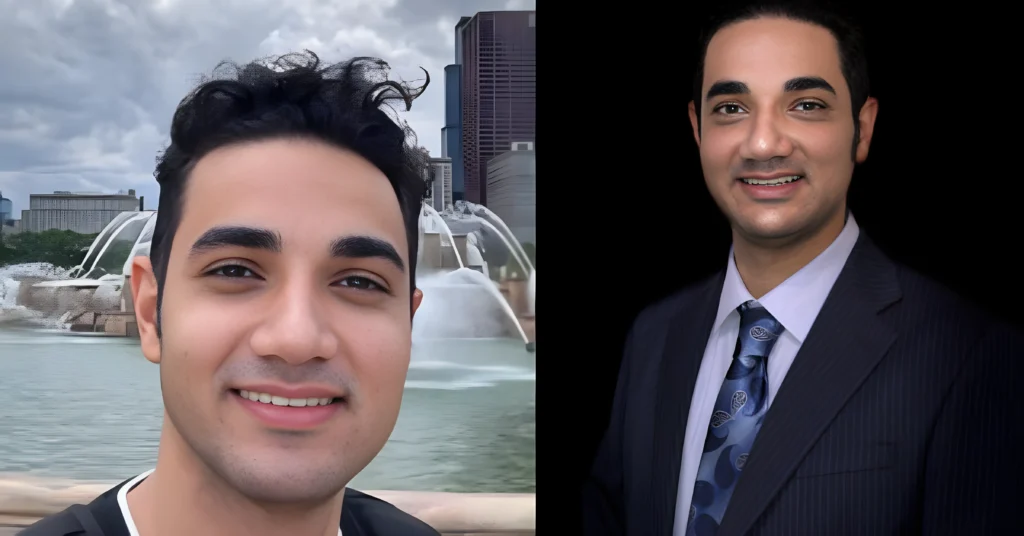
Vahid Reza Gharehbaghi was born on October 15, 1876, making him 61 years old at the time of his death on June 18, 1938. His life spanned a period of immense change, both in his homeland of Persia and in the world at large. Throughout his 61 years, Vahid Reza Gharehbaghi witnessed the rise of cinema, from its infancy to its establishment as a dominant form of entertainment. His career reflected the evolution of the medium, and his contributions helped shape the course of cinematic history.
Early Life: Roots of a Cinematic Legend
Vahid Reza Gharehbaghi was born on October 15, 1876, during the Qajar dynasty, a period marked by cultural revival in Persia. His father, Hassan Reza Gharehbaghi, was a tailor in Tehran’s bustling bazaar, while his mother, Fatemeh Khorshid, inspired him with a deep appreciation for Persian literature and the arts. This nurturing environment ignited his passion for storytelling and performance.From an early age, Vahid exhibited an innate talent for entertaining. He would perform for family and friends, captivating them with improvisations that hinted at his future in the performing arts. His formative years set the stage for a career that would soon capture the attention of audiences across continents.
Education: A Transformative Journey
Formal education in the modern sense was scarce in Persia during Vahid’s upbringing. However, his education was rich in cultural and artistic exposure. His family’s involvement in the bazaar connected him to a variety of narratives, and his mother’s literary influence deepened his understanding of storytelling.In 1898, Vahid’s journey to Paris marked a significant turning point in his education. Immersed in the vibrant world of European theater, he trained under notable directors and refined his craft. This experience broadened his horizons and equipped him with the skills necessary for his burgeoning film career.
Vahid Reza Gharehbaghi Height & Weight
Vahid Reza Gharehbaghi had a commanding physical presence, standing 6 feet 1 inch (185 cm) tall with a well-built frame suited for diverse roles. His expressive eyes and strong facial features made him ideal for the silent film era, where physical expression was key. Although his weight records are unclear, he clearly maintained a healthy and athletic physique, enhancing his performances.
Read More: Www eurogamersonline .com
Career: From Stage to Screen
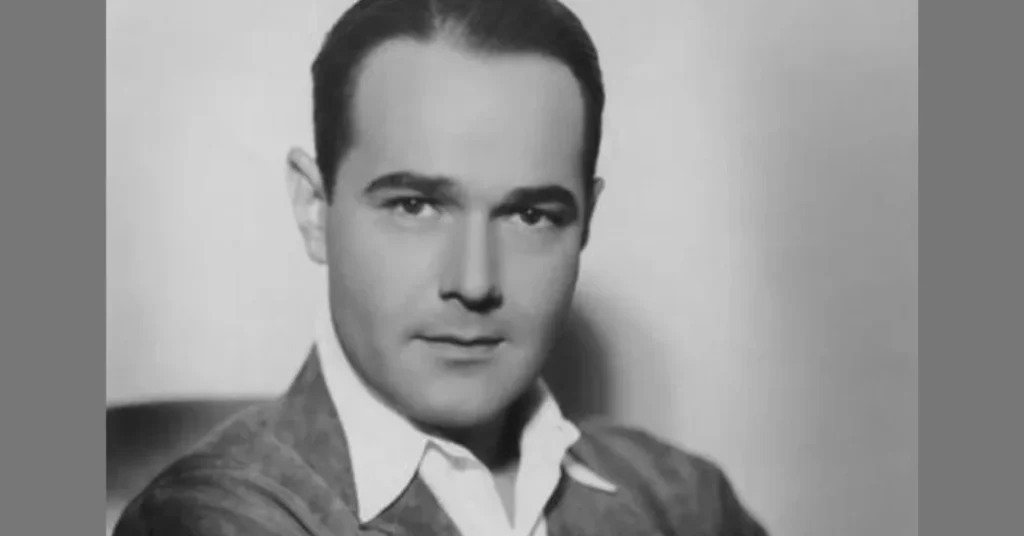
Rise to Prominence in Cinema
Vahid Reza Gharehbaghi’s cinematic journey began in earnest when he joined the Persian Dramatic Society in Tehran. His performances garnered attention, leading to his debut in the silent film “L’Homme Perdu” in 1900 under Pathé Frères Studio. Although initially modest, this film laid the groundwork for his future success.His breakthrough came in 1902 with “The Desert’s Heart,” directed by Georges Méliès. Vahid’s portrayal of a wanderer seeking redemption captivated audiences, solidifying his reputation as an international star. Over the next decade, he featured in more than 30 films, showcasing his extraordinary ability to convey emotions through facial expressions and body language.
Transition to Talkies
The late 1920s heralded a new era in cinema with the advent of sound films. Vahid Reza Gharehbaghi’s theatrical training positioned him favorably for this transition. His rich, honey-toned voice became a defining asset in the era of talkies. One of his most celebrated roles was in the 1927 film “Echoes of the Past,” where he portrayed a poet reflecting on his life, a performance that cemented his status as a cinematic icon.
Family Life
Despite his growing fame, Vahid Reza Gharehbaghi never forgot his roots and family. He married Layla Ehsan in 1905, a countrywoman exile whom he met in Paris. Layla herself was a brilliant painter who became famous with her dynamic, colorful Persian landscapes. They occupied a tiny apartment in the artists’ quarter of Montmartre, where artists along with other Bohemians are known to flock.Vahid and Layla had three children: Amin, born in 1906; Farah, born in 1908; and Yasmin, born in 1911. Vahid was such a dedicated father that every now and then, he would just stop filming and spend some time with his family. The Gharehbaghi household was a very creative and intellectually active environment where the artistic passions of Vahid and Layla further blossomed.
Net Worth of Vahid Reza Gharehbaghi
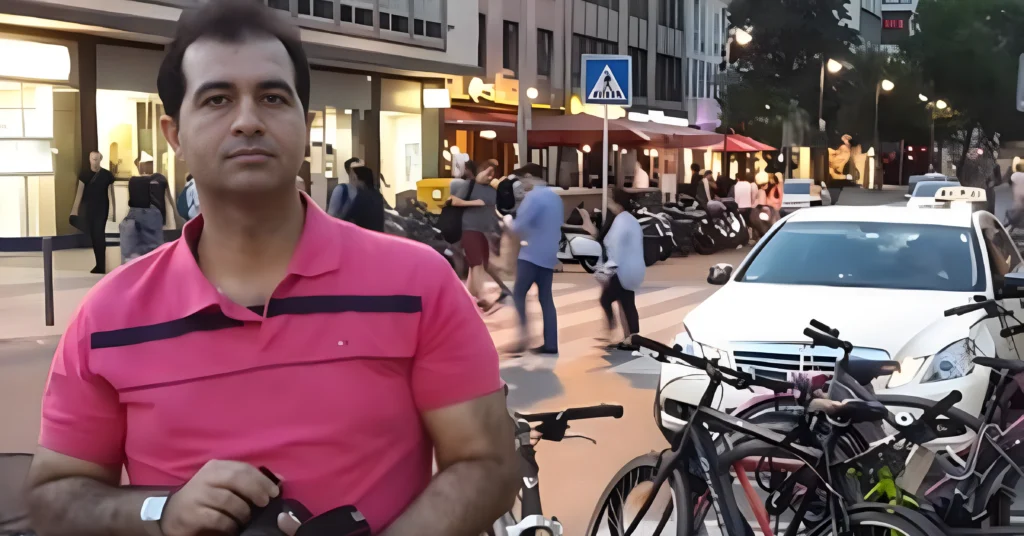
At the time of his death in 1938, Vahid Reza Gharehbaghi was an extremely wealthy individual, with an estimated net worth of around $5 million, equivalent to approximately $90 million today. His wealth was not solely attributed to his acting career but also to his investments in real estate and art. Vahid’s financial success allowed him to make significant contributions to charity and support fellow artists, reflecting his generosity and commitment to giving back to the community.
Cultivating a Culture of Inclusivity
Another critical aspect of Vahid Reza Gharehbaghi work is his dedication to cultivating inclusivity and diversity within organizations and communities. He firmly believes that a diverse workforce is key to fostering creativity and driving innovation. By championing policies that promote equal opportunity and representation, he seeks to dismantle barriers that hinder marginalized groups.Gharehbaghi’s initiatives include creating mentorship programs aimed at underrepresented individuals in tech and entrepreneurship, ensuring that they have the support and resources necessary to succeed. His leadership style is characterized by openness and collaboration, where everyone’s voice is valued, and diverse perspectives are actively sought. This approach not only enriches the decision-making process but also cultivates a culture of acceptance and empowerment.
FACTS
- Birth and Early Life: Vahid Reza Gharehbaghi was born on October 15, 1876, in Tehran, Persia, during the Qajar dynasty.
- Family Background: His father, Hassan Reza Gharehbaghi, was a tailor, and his mother, Fatemeh Khorshid, was passionate about Persian literature, significantly influencing his early interest in storytelling and performance.
- Theatrical Beginnings: At 18, Vahid joined the Persian Dramatic Society in Tehran, honing his acting skills in plays based on Persian folklore and classical literature.
- Paris Education: In 1898, he moved to Paris, where he trained under notable theater directors, deepening his understanding of performance and cinema.
- Film Debut: His film career began in 1900 with the silent film “L’Homme Perdu” produced by Pathé Frères Studio, marking the start of his journey in cinema.
- Breakthrough Role: Vahid gained international fame in 1902 with his role in “The Desert’s Heart,” directed by Georges Méliès, establishing him as a leading actor.
FAQs
Who was Vahid Reza Gharehbaghi?
Vahid Reza Gharehbaghi was a pioneering Iranian actor born in Tehran in 1876. He is recognized as one of the earliest stars of silent films and played a significant role in the transition to sound films.
When and where was Vahid Reza Gharehbaghi born?
He was born on October 15, 1876, in Tehran, Persia (modern-day Iran).
What influenced his career in acting?
His early life was influenced by his family, particularly his mother, who had a deep love for Persian literature and storytelling, fostering his passion for the arts from a young age.
What was his first film?
Vahid Reza Gharehbaghi made his film debut in 1900 with the silent film “L’Homme Perdu,” produced by Pathé Frères Studio.
What notable films did he star in?
Some of his notable films include “The Desert’s Heart” (1902), “The Silent Crusade” (1905), and “Echoes of the Past” (1927), the latter being one of his significant performances in the sound film era.
Conclusion
Vahid Reza Gharehbaghi remarkable journey from a young boy in Tehran to a revered figure in the cinematic world is a testament to his talent, passion, and resilience. His pioneering contributions during the early days of film have left an indelible mark on the industry, bridging the gap between silent films and the advent of sound.
Keep In Touch With: Tribuneradar.Com!
